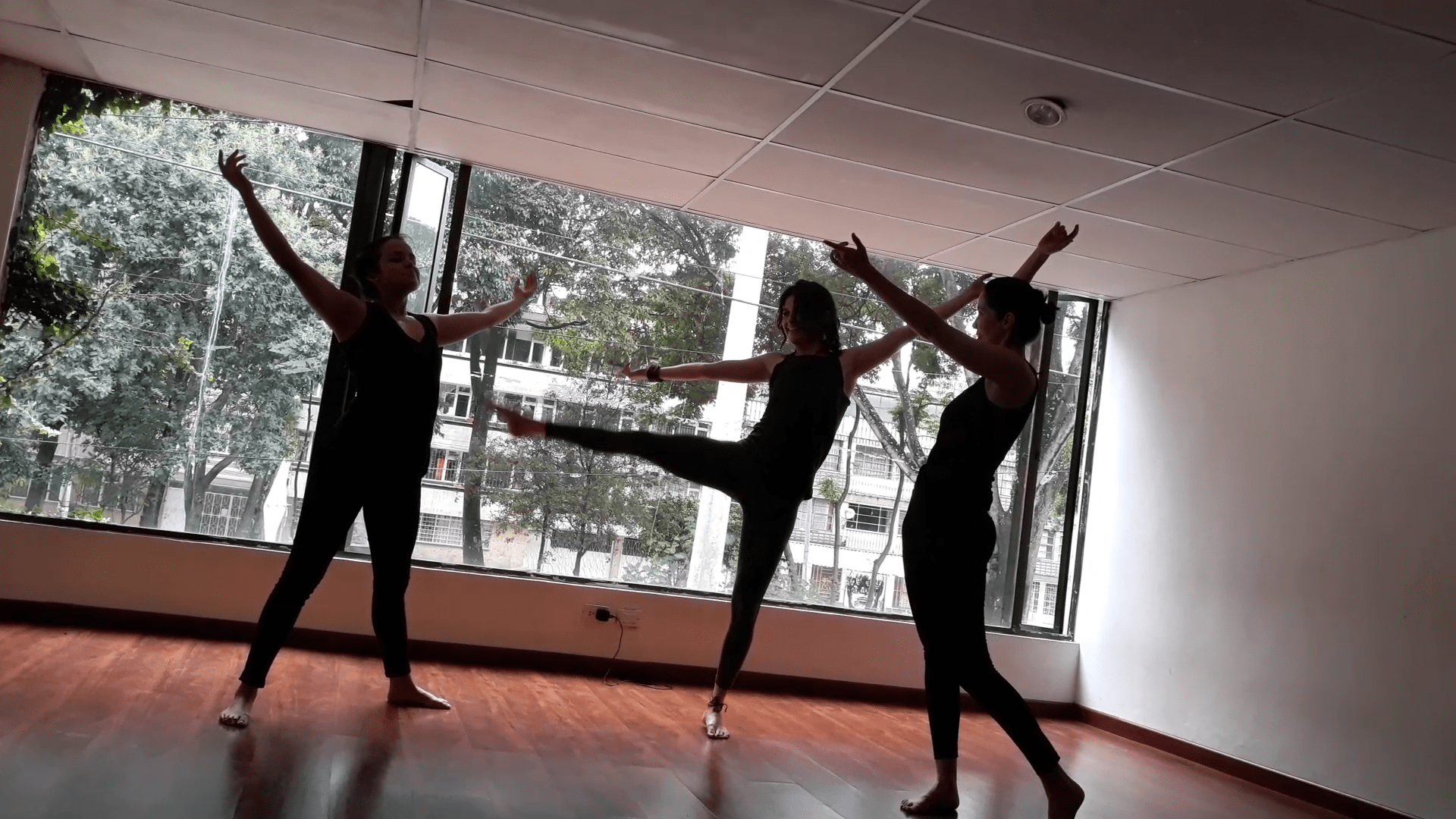Haragati movement
Haragati: Dance and movement of vital energy.
In the Haragati movement, elements from different disciplines are integrated for creative, artistic and therapeutic purposes*, such as:
–Yoga, breathing and meditation
-Body expression
-Butoh Dance
-Dance therapy
Using elements of each technique, theater and psychosomatic games to integrate body and mind.
Haragati offers thematic workshops.
Physical bodies as a creative and expressive medium. Express emotions, tell and change life stories, dance, play and have fun.
Creativity occurs when becoming fully aware of the body to acquire a self-image. Achieving creative body language, playing, releasing emotions, telling stories and transforming them.
- Body expression, is focuses more on the expression of movement, rather than physical dexterity. The body as a means of communication, through gesture, attitude and improvised expressive movement.
- Butoh dance, is originated in the late 1950s in Japan. Inspired by the half-dead bodies that crawled through the rubble after the detonation of the Hiroshima nuclear bomb.
This dance avoids formal definition and does not adhere to a choreography, but the movements arise from an image that is created in the mind and heart of the dancer apparently without a clear intention. It was an artistic response to the chaos of the transition, where there is no place for the ego. It is a highly expressive contemporary dance style. It is identified by the slow and controlled movements. creative and above all expressive. While playing with controversial, absurd and unimaginable, deep and painful themes such as: metamorphosis, cycles of life and death, the relationship between human beings and nature, among others. “Butoh is also known as the dance of the subconscious,” said Kazuo Ohno. Dance movement therapy.
Dance Therapy is based on the close relationship between body, mind and emotion, which uses dance as a tool to facilitate body awareness and creativity. Working emotions through body movement. Its foundations are: Research on non-verbal communication and creative processes. -Psychology and human development. • Different motion analysis systems. It was created in the 1920s in Germany with Rudolf von Laban and Mary Wigma. Followed, in the 40’s it takes place in the United States.
*Therapeutic does not mean psychological or medical therapy. We said therapeutic because it helps well-being, relaxes, guides and accompanies.

Other benefits that the practice brings
- Physical development
- Motor skills
- Creativity
- Safety with your body
- Self-confidence
- Self esteem
- Flexibility
- Sociability
- Coopération
